Sonoma has always been overshadowed by the Napa Valley in the California wine circuit. To be honest, we’re not really sure why. Sonoma boasts well over 400 wineries within county lines and often the same quality juice, usually minus the crowds.
Better yet, Sonoma has a wildly diverse growing scene, home to 18 American Viticultural Areas (AVAs) and more than 60 wine grape types. The big ones include Pinot Noir, Zinfandel, Syrah, Cabernet Sauvignon, and Sauvignon Blanc, but there’s so much more to it than that. And you get all this before a hospitable scene, gorgeous oak-strewn hillsides, and some of the best wine in America.
Keep in mind we’re still dealing with a pandemic, not to mention off-season hours and a potential backlog from some devastating wildfires over the last couple of years. That said, check in with each label and outpost independently to double-check hours of operation and public safety protocol.
B.R. Cohn Winery
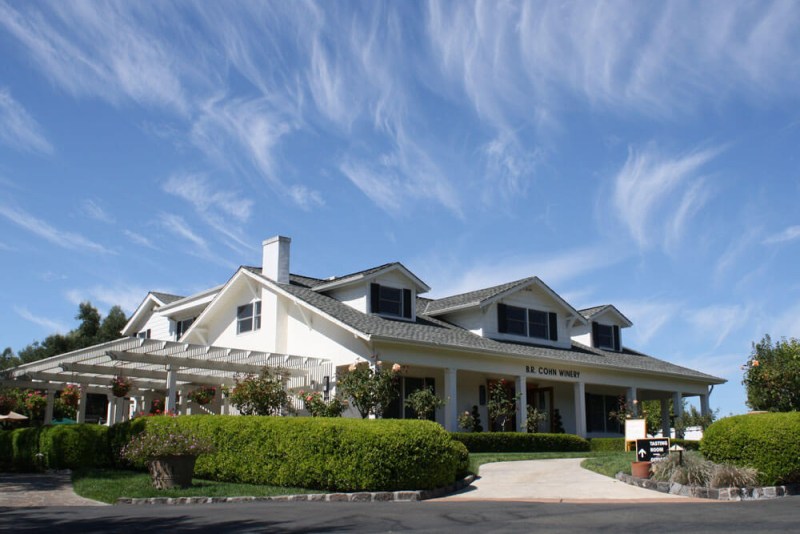
B.R. Cohn is nestled in the heart of wine country, near Sonoma Valley Regional Park and just down the road from esteemed Hamel Family Wines. In addition to tasty big reds like Zinfandel and Malbec, there’s a cool vibe and house-made olive oil. There are even Italian varietals like Sangiovese and Barbera, along with some sparkling. And if music is your thing, you’re in the right place. The owner was the manager of the Doobie Brothers and has some stories to tell.
Ceja Vineyards
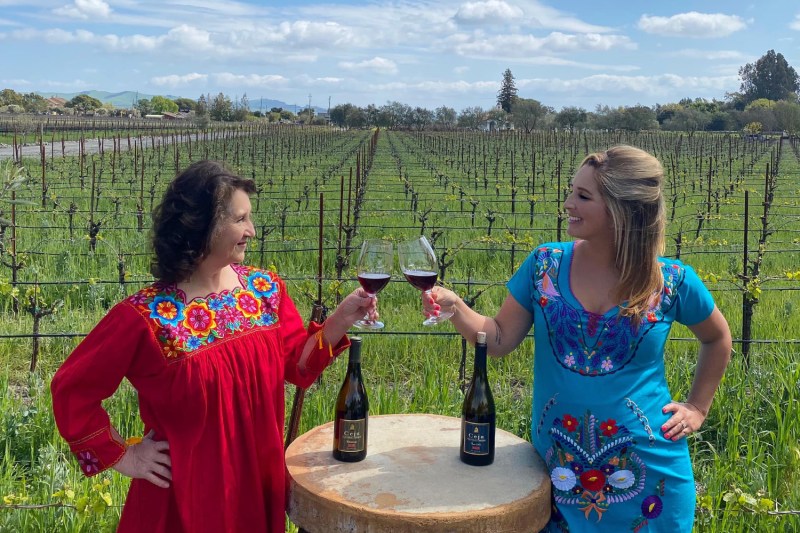
A true Latinx operation, Ceja Vineyards specializes in the great Burgundian duo of Pinot Noir and Chardonnay, along with Cabernet Sauvignon, Merlot, and some great red blends. The Ceja family landed in California by way of Mexico in the late 60s and have since carved out some 113 planted acres of fruit that funnel into their label. The tasting room is right in town and the flights are both extensive and reasonably priced.
Coturri Winery

Launched in 1979, Coturri Winery is based in Glen Ellen and makes standout red blends and lovely standalone Cab and Grenache. This label is considered by many to be the biodynamic standard of the region. Coturri does it the natural way, sourcing organic grapes and fermenting its wines with native yeast. It’s a tiny but beloved label, booked through most of 2021 already worth an email or booking the next available opportunity for an insightful, intimate tasting.
Gary Farrell Winery
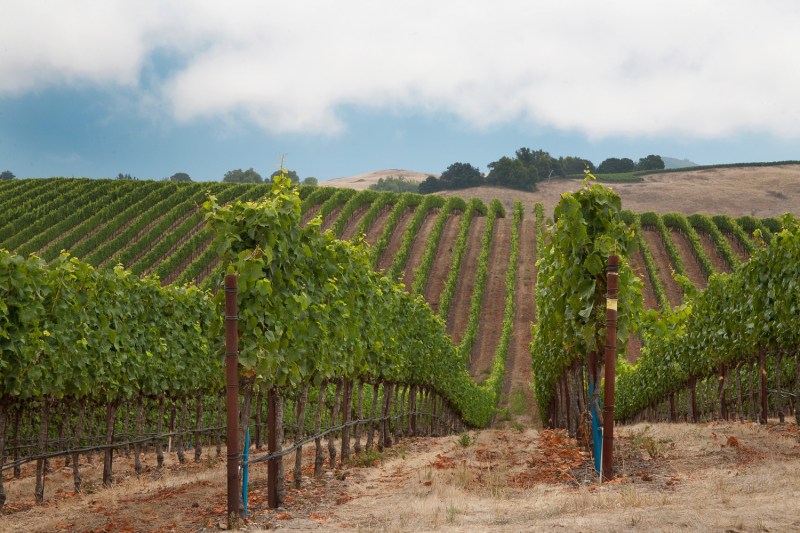
Some of the most exquisite Pinot Noir and Chardonnay along the west coast is coming out of Gary Farrell. The label takes full advantage of its cooler, Russian River Valley setting to craft gorgeous medium-bodied wines. Even cooler, the winery really goes for the single-vineyard approach, showing just how distinctive wines from various sites truly can be.
Horse & Plow Winery
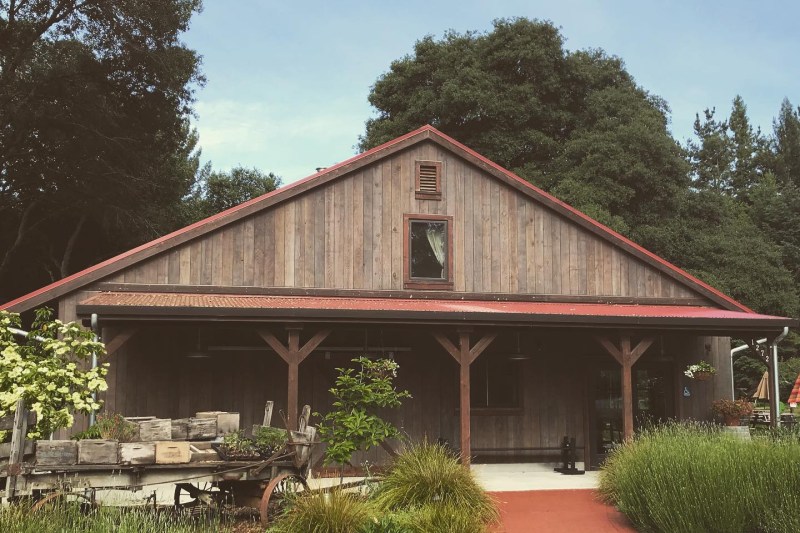
The venue for this Sonoma label could not be much better. The headquarters is an impeccable barn, rustic and inviting, and set alongside sprawling gardens and orchards. In addition to Chardonnay, Pinot Noir, Grenache, Cab Franc, and Syrah, the small Sebastopol operation makes some refreshing ciders. It even produces an old-vine Carignane, an Old Spanish red you don’t see much of in the states. Horse & Plow will win you over as soon as you arrive on the property.
Idlewild
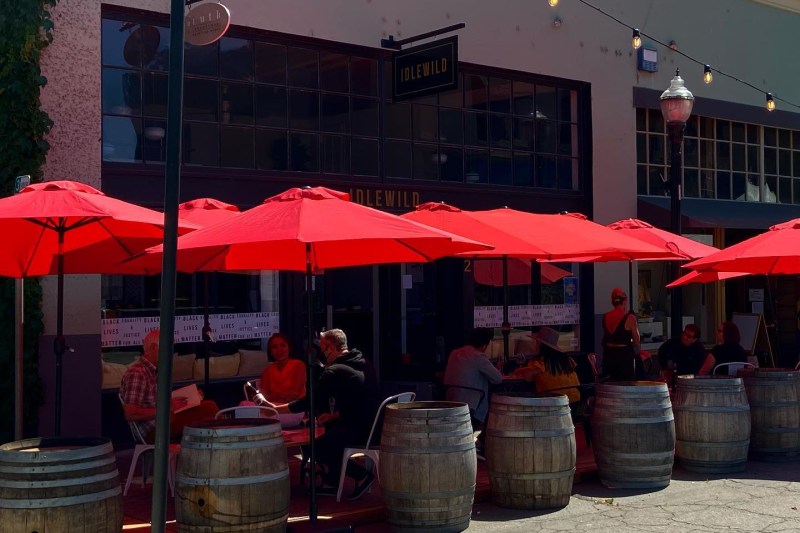
With a sweet spot right in downtown Healdsburg, Idlewild pours its Piedmontese wines. It pulls fruit from rugged sites in Mendocino County and finesses it into beloved wines. We’re talking about Dolcetto and Barbera, along with lesser-knowns like Cortese and Grignolino. You’ll discover something new and fascinating while tasting here, without a doubt.
Patz & Hall
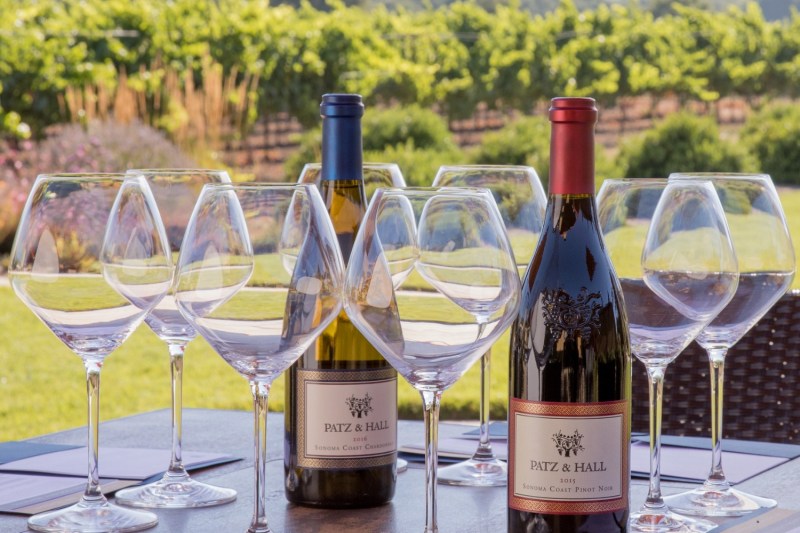
Patz & Hall does its thing from a venue in the town of Sonoma. It’s as welcoming as a vineyard house, with indoor tastings as well as tastings outside in a spacious patio with tremendous views. In terms of wine, the focus is on Chardonnay, Pinot Noir, and bubbly. The label was born in 1988 and has become one of the better purveyors of elegant, Burgundian-style wines.
In Addition to Wine
Wine should be the reason you visit Sonoma county but you may want a break from the stuff, or at the very least some complimentary grub or a pint of good beer to cap off a day out. For great beers, check out the iconic Russian River Brewing Company or Seismic Brewing Company if you like the German-inspired stuff. For spirits enthusiasts, Sonoma Distilling Company is a fine option and continues to take in awards for its bourbon and rye whiskies.
For a bite, check out the amazing Mexican fare at El Molino Central. You can get great wine-friendly picnic goods and other fares at the Oakville Grocery, which has been doing its thing since 1881. This is the land of fine dining too, with no shortage of worthy options, all aspiring to be the next French Laundry. We’re especially fond of SingleThread Farm and Restaurant, a genuinely world-class culinary experience.


